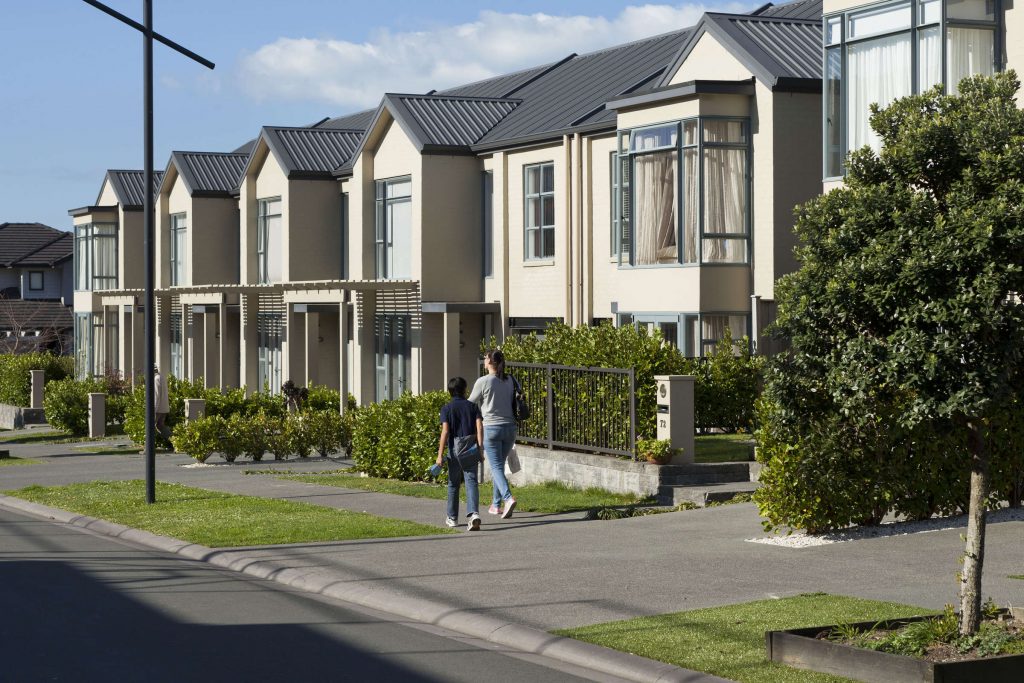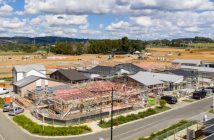With housing demand insatiable, the economy stable, zoning workable, costs controllable, and the public more agreeable, there’s never really been a better time to be a property developer, says New Zealand Mortgages & Securities Director James Kellow

Despite four lockdowns in Auckland within the past 12 months, residential developers are seeing unprecedented sales, with well-designed and well-situated townhouses proving extremely popular in Auckland.
Developers are discovering that councils are a lot more “can-do” when it comes to consenting. Bureaucratic barriers are at an all-time low.
I suspect that is ultimately because they don’t want the government to take that authority away. Regardless, councils are now a lot more confident saying yes, helped by politicians and the public being more onboard.
Not so long ago, developers wanting to build affordable housing were public enemy number one in most neighbourhoods.
Now with the country’s housing shortage viewed as almost a national emergency, developers promising attractive and integrated projects are positively working with council staff and communities to deliver some great results.
Auckland’s Unitary Plan, which promotes intensification and the release of land, is proving to be a major catalyst in more people throwing in their day jobs and turning their hand to property development.
There’s serious money to be made if they can buy a full site for $2 million, take the house off it, fully presell and build 10 townhouses. They should be able to make at least a 20 percent profit.
We’re happy to fund most of these developers 100 percent of the cost, because effectively the risk is almost zero. One townhouse development we are currently financing in Auckland sold 80 percent of the units within two weeks of the consent being granted.
Most of the residential projects you’re seeing pop up around the region comply within the new zoning rules. Without infringements means their consents go non-notified which again reduces the risk and ultimately costs.
I believe Auckland Council will be forced to release more land sooner than forecast, partly due to the permitted density and height within urban areas often not being fulfilled by developers – hence the number of houses able to be built is not achieved.
In many cases council planners are encouraging developers to maximise the density of these brownfield redevelopment projects, but that’s not what Kiwis are after.
Generally, buyers don’t want to live in multi-storey apartments. They want their piece of grass and fewer neighbours.
Hence, generally we’re seeing boutique low rise apartments at most. More common around Auckland, though, are attached townhouse developments with good amenity and proximity to public transport, meaning they can cut down on the carparking.
The cost of constructing vertical apartments often proves prohibitive.
With townhouses, it’s largely horizontal construction and so it’s a lot more feasible from the outset. Not only does that mean less concrete and no elevators but building costs can be much better forecast and contained.
Residential building companies involved in townhouse construction have got considerable experience now. Budget and time overruns are much fewer. That protects the developers’ margins and importantly keeps the purchase price down for buyers.
Record low interest rates remain a key driver in Kiwis getting into property ownership.
With the Reserve Bank reinstating loan-to-value ratios, the 20 percent deposit requirement for home buyers means over $200,000 upfront just to secure a ‘median priced’ existing property in Auckland.
With new dwellings exempt from the LVR restrictions, demand and supply for residential developments will continue to flourish as borrowing for a new build is more doable if serviceability can be proven.
Auckland Council’s vision of a more compact city is finally starting to be realised at least in part – albeit not as intensive as planned or predicted.
Developers are delivering products that reflect market demand, and once agitated Aucklanders now better accept a more intensive city.
A few years back, most developers headed out to peripheral Auckland and built subdivisions, as it was the place of less resistance and cheaper.
Now with the Unitary Plan working and NIMBYs all but resigned, developers are confidently turning their attention to the city’s existing neighbourhoods.
We are now seeing plenty of quality transformation taking place.
James Kellow is a director of New Zealand Mortgages & Securities, a specialist property financier which has assisted with delivering nearly $2 billion of property developments



